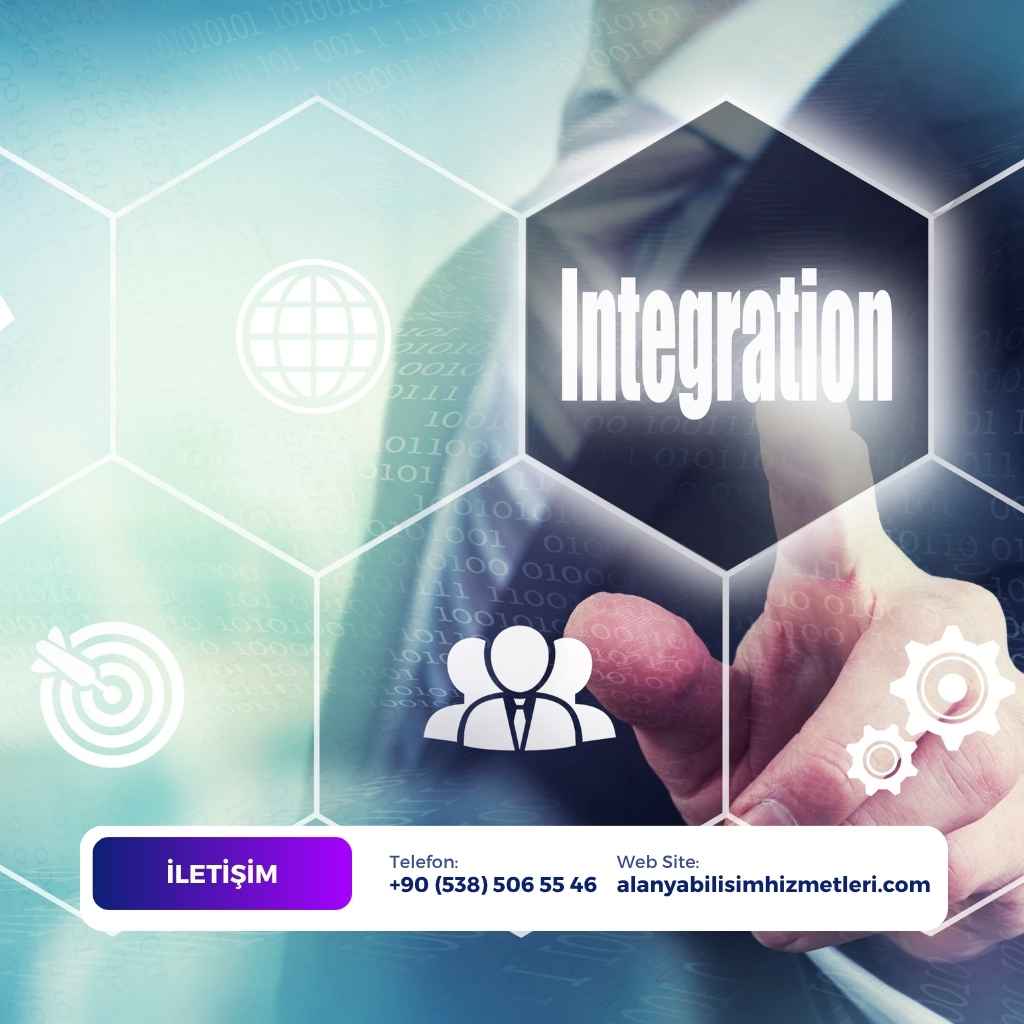IAM and MFA integration | Secure, fast and measurable access
IAM and MFA integration It centralizes identity and accurately limits access. It also increases visibility, rapidly reducing risk. Users then log in seamlessly. As a result, trust and productivity increase simultaneously.
From where IAM and MFA integration critical?
First, threats accelerate. Attackers also target identities. Furthermore, passwords alone are not enough. Multi-factor authentication strengthens defenses, while policy-based access remains flexible. This allows teams to gain both trust and agility.
Local businesses experiencing seasonal peaks. Furthermore, remote work is increasing. Therefore, contextual verification of each request is essential.
Core principles: identity, authority and visibility
- Identity lifecycle: Creation, update and deletion are tied to clear rules.
- Minimum authorization: Roles and scopes remain aligned with the mission.
- Multi-factor authentication: OTP, instant confirmation and keys work together.
- Conditional access: Decision is made based on device, location and risk score.
- Logging: SIEM dashboards provide instant visibility into events.
- Compatibility: We support KVKK and ISO processes.
We also plan for passwordless login options. We also implement hardware keys, significantly reducing phishing effectiveness.
Period: IAM and MFA integration our steps
First, we create an inventory. Then, we map users and devices. We also score risks. Then, we write policies and conditions. We also define the scope of groups and roles. Furthermore, we rigorously test the rules in a test environment.
IAM and MFA integration We monitor post-mortem reports. We also quickly fix false positives. We also block anomalous logins. We also securely generate recovery codes. As a result, sessions operate reliably and securely.
Education and we don't disrupt communication. We also keep the guidelines simple, so users can quickly adapt to the new flow.
Application layers and integration
First, we establish the SSO infrastructure. We also configure SAML and OIDC. Furthermore, we provide automatic provisioning with SCIM. We also protect service traffic with mTLS. We also align WAF and gateway rules, thus establishing an end-to-end chain of trust.
We add controls to the CI/CD pipeline. We also tie changes into the approval chain, so rules remain traceable and maintainable.
Performance, experience and ROI
First, single sign-on reduces friction. Device trust also speeds up workflow. Risk-based MFA also reduces unnecessary verification, increasing user satisfaction. As a result, help desk overhead is significantly reduced.
Analytical We clarify metrics on the side. We also adjust alert thresholds. This allows for quick and data-driven decisions.
FAQ
What is the installation time?
Usually 2–6 weeks is sufficient. Coverage also affects the duration.
What methods do you support?
U2F key, app approval, and OTP. Plus password-free login.
Is it compatible with existing systems?
Yes. We integrate with SSO and directories. We also set up API flows.
How do recovery steps work?
Backup codes are generated. Multiple validators are also activated.
Can you provide a compliance report?
Yes. We provide audit trails and summary dashboards.
Let's work together
Let's clarify our goals in the final stage. Review the services and get a quote:
Our Services.
Also follow the announcements on Instagram:
@alanyabilisimhizmetleri.
IAM and MFA integration Let's modernize access safely today with .

